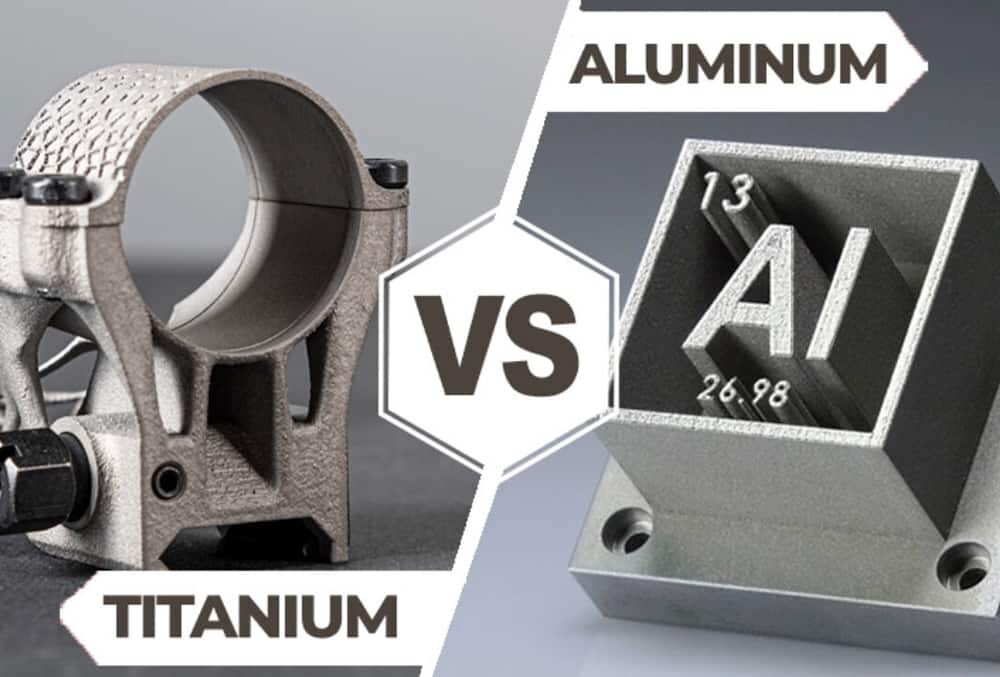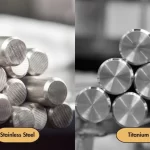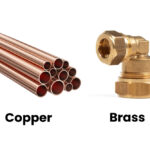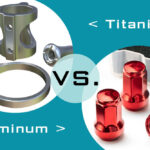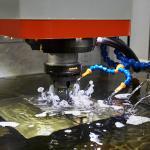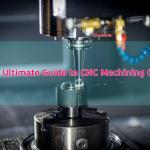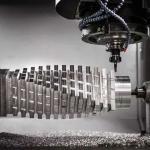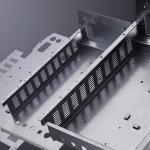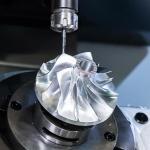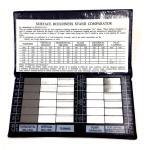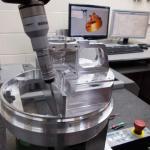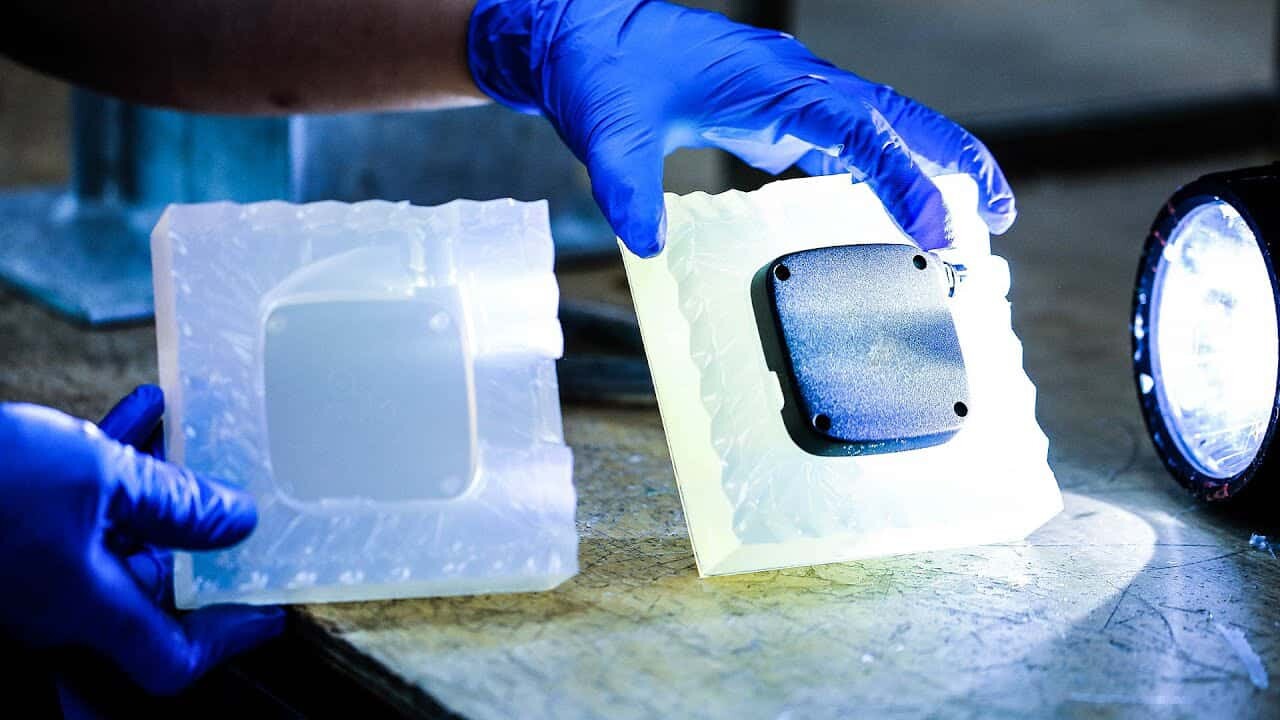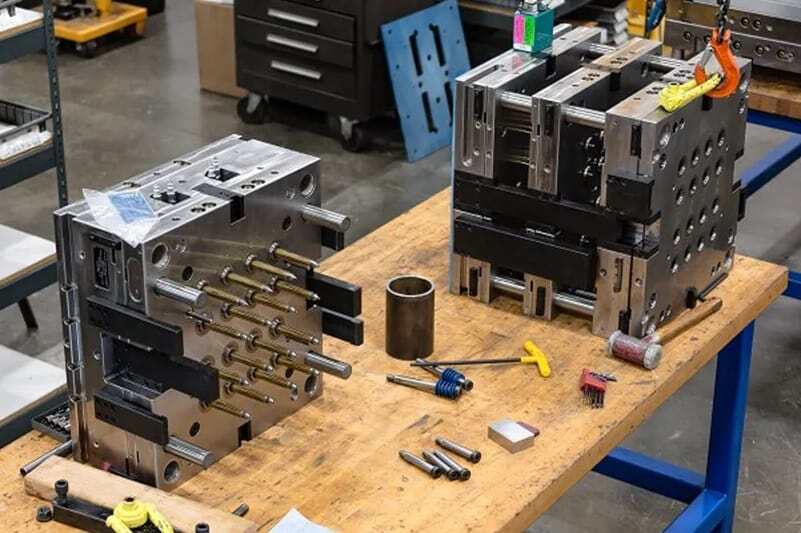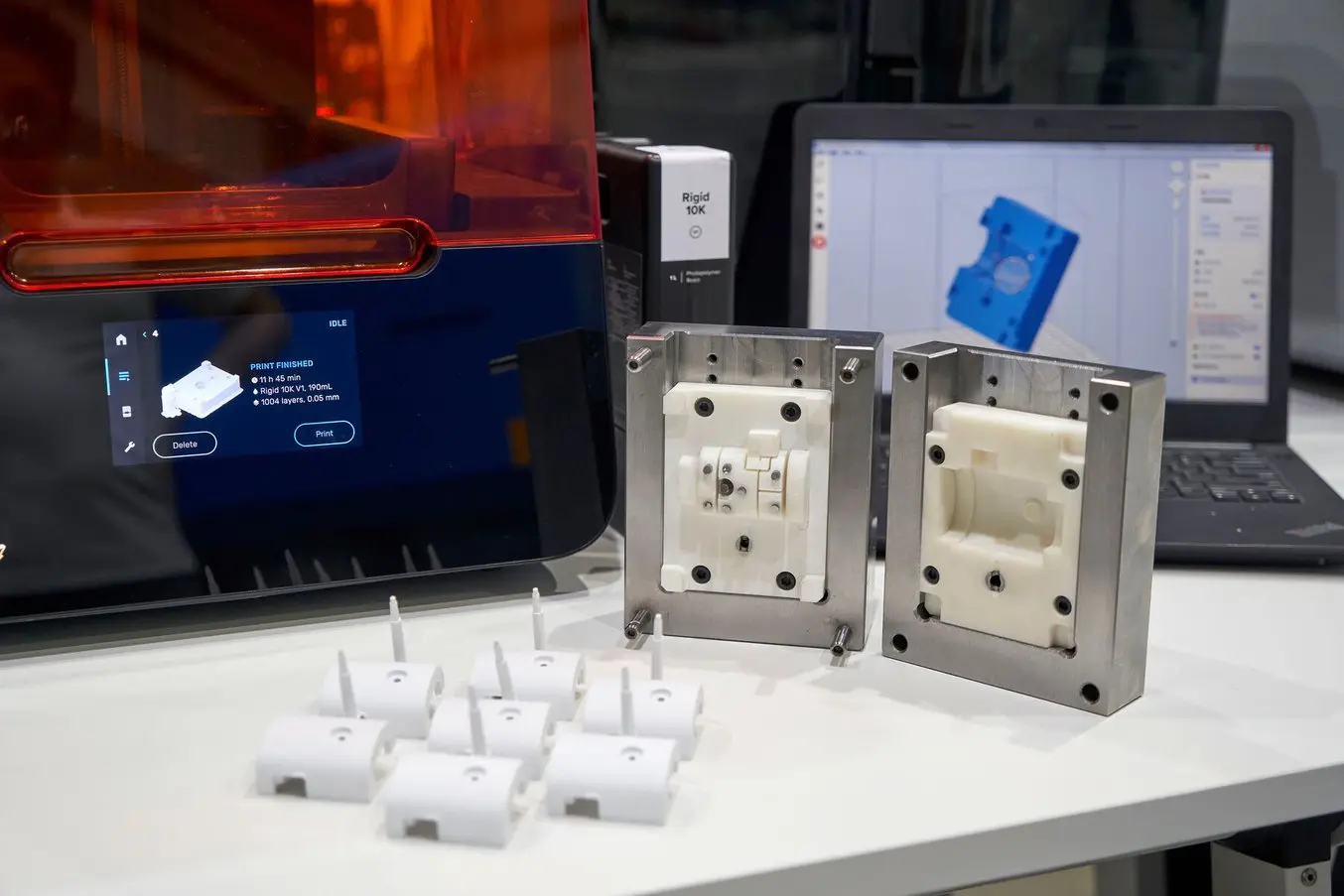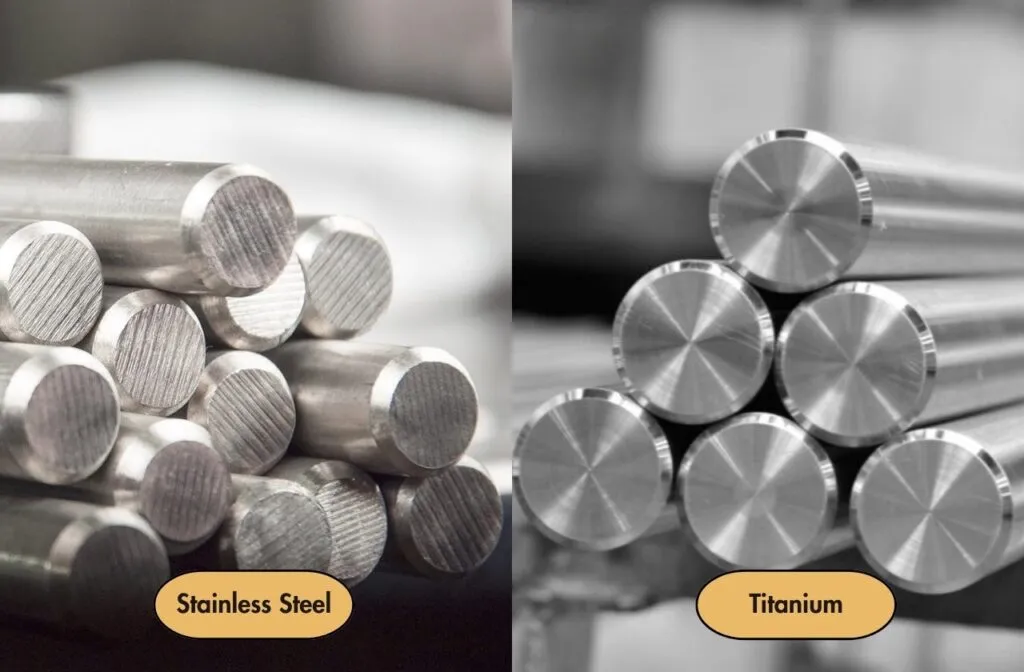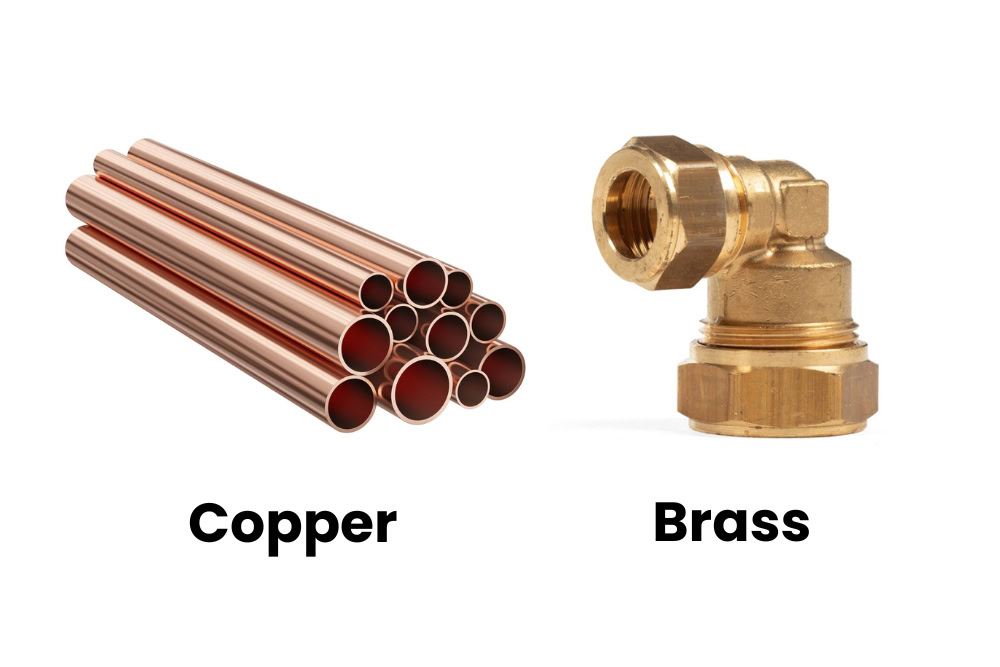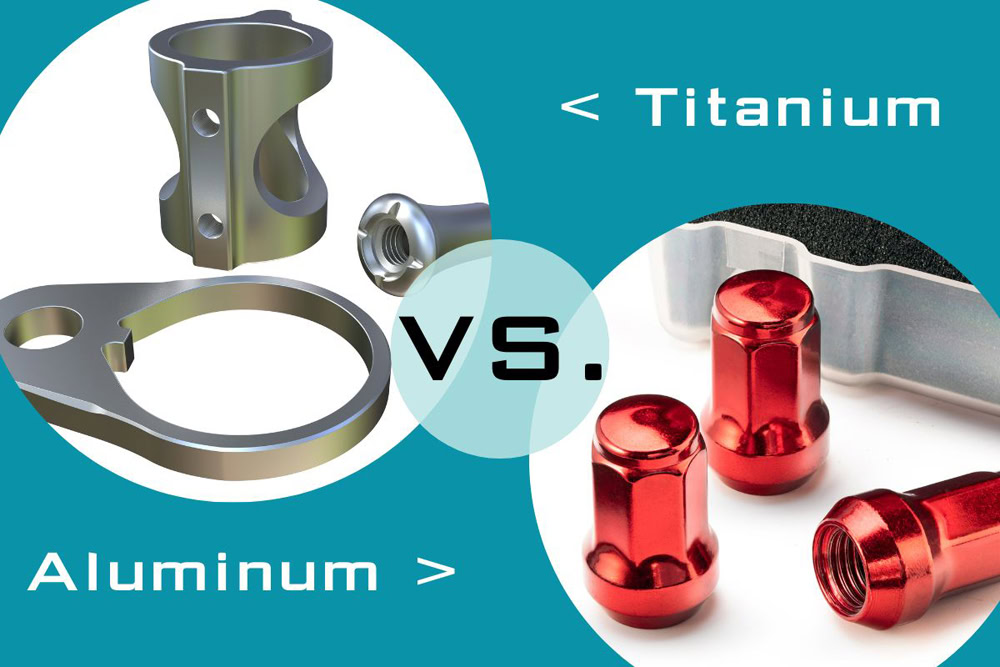In today’s highly competitive market, every industry is looking for innovative ways to bring products to market within a short period of time. As a result, a designer or machinist can choose to machine metal cost-effectively and maximize profits. On the basis of considering meeting the design requirements, it is particularly important to reduce the total cost to the greatest extent. When designers plan to use lightweight metals for prototyping or custom parts, two popular metal materials come to mind: titanium and aluminum. Titanium and aluminum have similar strength-to-weight ratio, corrosion resistance and other excellent properties and are widely used in various fields. Maybe you have questions about this, “Is titanium lighter than aluminum?” or “Is titanium better than aluminum in all properties?” “Titanium or aluminum, which material is more suitable for my CNC project” and so on. To help you answer these questions, AN-Prototype provides a comprehensive overview of the advantages and disadvantages of both materials based on years of CNC machining experience.
Table of Contents
ToggleOverview of titanium
Titanium is roughly the same density as aluminum, is stronger than aluminum, and has excellent resistance to corrosion in various environments, including seawater and acidic solutions. Due to its excellent strength-to-weight ratio and corrosion resistance, titanium is widely used in industries such as aerospace, automobiles, ships, medical, and sports equipment. Titanium is an ideal material for manufacturing aircraft components, spacecraft parts, engine components, and high-performance sports equipment. At the same time, titanium has excellent biocompatibility, and is non-toxic and hypoallergenic, making it suitable for the manufacture of medical implants, prosthetics, knee replacements, pacemakers, skull plates, and even root devices for dental implants. So for medical applications, titanium is stronger than aluminum.
- Melting point – 1668 C
- Boiling point – 3287 C
- Density – 4.506 g·cm−3
- Thermal conductivity – 21.9 W m-1 K-1
- 45% lighter than steel and 60% heavier than aluminum
- Tensile strength – from 3,000 psi to 200,000 psi depending on alloy
- Linear thermal expansion coefficient – 8.6 x 10-6 K-1 (half that of aluminum)
Advantages of titanium
- Excellent durability
- Highest strength to density ratio
- Most preferred steel alternative
- Rust and corrosion resistant
- Suitable for many products
- High resistance to stressful conditions
Disadvantages of titanium
- Low elastic modulus
- Higher cost than aluminum
- High cutting forces are required due to high strength
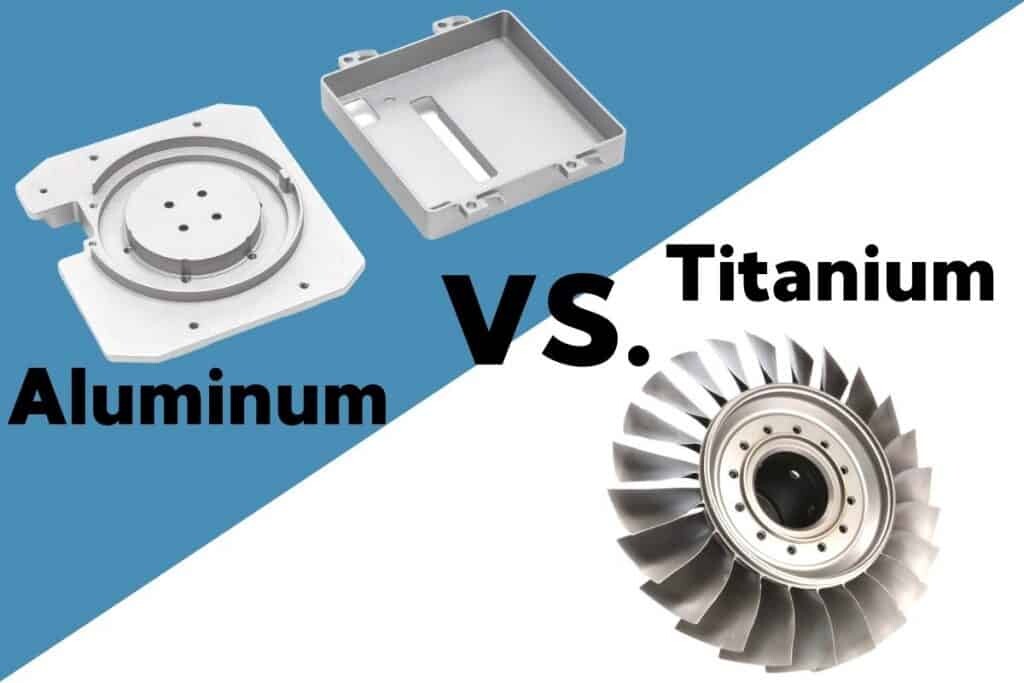
Overview of aluminum
Aluminum is an economical choice, a lightweight and ductile metal that offers a good weight-to-strength ratio at a relatively low price. It has low density, weighs only one-third of steel, and has good corrosion resistance and high fracture toughness. Its dark silver appearance is due to the formation of a thin layer of aluminum oxide as soon as the aluminum is exposed to air. This is the reason for its corrosion resistance. Importantly, aluminum is more abundant than titanium, but what really drives the price down is the ease of making aluminum. In addition to this, aluminum is a better conductor of heat and electricity than titanium. For electrical applications, aluminum is stronger than titanium.
- Melting point – 660.4 C
- Boiling point – 2467 C
- Thermal conductivity – 235 W m-1 K-1
- Density – 2.7 g.cm -3 (about 1/3 of steel or copper, so lighter)
- Linear thermal expansion coefficient – 23.1 x 10-6 K-1
- Tensile Strength – Pure aluminum does not have a high tensile strength, which is why it is often alloyed with other metals
Advantages of aluminum
- More economical option
- Odorless and impermeable
- Reflectivity and flexibility
- Corrosion resistance
- High machinability and recyclability
- High thermal and electrical conductivity
Disadvantages of aluminum
- The welding process is difficult
- Corrodes rapidly in salt water or alkaline environments

Comprehensive comparison of titanium and aluminum
Let’s compare the properties of titanium and aluminum.
1. Titanium and Aluminum: Elemental Composition
The symbol for titanium on the periodic table of elements is Ti, and its atomic number is 22. The main alloying element of titanium is aluminum; other elements such as vanadium, iron, and molybdenum can also be added to form titanium alloys.
The symbol of aluminum on the periodic table of elements is Al, and the atomic number is 13. The main alloying element of aluminum is magnesium, and different amounts of silicon, zinc, manganese, copper, iron, titanium, chromium, zirconium, and other elements can also be added.
The chemical composition of titanium and aluminum alloys can be tailored to optimize their performance for specific applications. For example, adding vanadium to titanium can improve its strength and ductility; adding magnesium can improve the strength of aluminum and its corrosion resistance. Therefore, the chemical composition plays an important role in determining the properties and suitability of these alloys for various tasks.
2. Titanium and aluminum: corrosion resistance
Corrosion resistance is the ability of a metal to resist deterioration through chemical reactions with its environment. The main factors affecting corrosion resistance are alloy composition, environmental conditions, and surface finish.
Titanium is known for its excellent corrosion resistance due to the highly stable oxide layer that naturally forms on its surface. This oxide layer can resist various corrosive environments such as seawater, acids and alkalis. A highly adhesive oxide coating on its surface effectively prevents further deterioration.
However, aluminum also forms an oxide layer on its surface and also exhibits good corrosion resistance. Unfortunately, aluminum’s oxide layer is much thinner and has relatively poor adhesion than titanium’s oxide layer, making it more susceptible to damage from corrosive environments and exposing the underlying metal to corrosion.
Environmental conditions also affect the corrosion resistance of both metals. For example, titanium is highly resistant to corrosion caused by chlorides, making it ideal for marine environments. Aluminum, on the other hand, is less resistant to corrosion caused by chlorides and may require additional protective coatings or treatments to remain protected.
Surface finish is another key factor in corrosion resistance. Rough or damaged surfaces can create cracks and other potential soils that breed corrosion. Titanium has excellent surface damage resistance and excellent surface treatment properties, making it less susceptible to corrosion than aluminum.
3. Titanium and Aluminum: Electrical Conductivity
Conductivity refers to the ability of a material to allow the electrical potential to drop, allowing electrons to flow. Generally speaking, in order to determine the electrical conductivity of a certain material internationally, copper is usually used as the benchmark for evaluating electrical conductivity.
When the electrical conductivities of titanium and copper were compared, it was found that titanium has about 3.1% of the electrical conductivity of copper. Therefore, titanium is a conductor of electricity, but cannot be used in applications where good electrical conductivity is required. Although titanium does not conduct electricity well, it acts as a good resistor. Aluminum, on the other hand, has 64% the conductivity of copper. This means that aluminum is preferred over titanium in applications that require electrical conductivity.
4. Titanium and Aluminum: Thermal Conductivity
The thermal conductivity of a material is its ability to transfer or conduct heat. Thermal conductivity can also be understood as the time rate of conduction through unit thickness and unit material under a unit temperature gradient. To be good for thermal applications, materials must have high thermal conductivity and materials with low thermal conductivity make good insulators.
Titanium has a thermal conductivity of 118 BTU-in/hr-ft²-°Fm (17.0 W/mK), while aluminum has a thermal conductivity of up to 1460 BTU-in/hr-ft²-°F (210 W/mK). In terms of thermal conductivity, aluminum is more than ten times that of titanium. Therefore, aluminum is stronger than titanium in applications that require heat dissipation.
5. Titanium and aluminum: melting point
The melting point of a metal refers to the temperature at which the metal begins to change from solid to liquid. At the melting point, the solid and liquid phases of a metal exist in equilibrium. Once this temperature level is reached, the metal can be easily shaped.
Titanium has a melting point of 1650 – 1670 °C (3000 – 3040 °F), which is why it is used as a refractory metal. Aluminum, on the other hand, has a lower melting point of 660.37 °C (1220.7 °F) compared to titanium. Therefore, titanium is more suitable in heat-resistant applications.
6. Titanium and aluminum: hardness
The hardness of a metal refers to its response to etching, denting, deformation, or scratching along its surface. Titanium has a Brinell hardness of 70 HB, which is much greater than pure aluminum’s 15 HB, but some grades of aluminum alloys are harder than titanium. Examples include Aluminum 7075 T7 and T6 temper, Aluminum 6082 T5 and T6 temper, etc.
Titanium, on the other hand, easily deforms when scratched or indented. However, titanium creates an exceptionally hard surface by forming an oxide layer that resists most deformations. In applications where hardness is one of the main requirements, the selection is based on the specific requirements of the project, taking into account cost.
7. Titanium and Aluminum: Density
Titanium and aluminum are both lightweight metals. The density of aluminum (2712 kg/m 3) is lower than that of titanium (4500 kg/m 3). Aluminum weighs much less per unit volume than titanium. However, less titanium is required to achieve comparable physical strength to aluminum. This is why titanium is used in aircraft jet engines and spacecraft. Titanium is known to reduce fuel costs due to its lightness and strength.
For some applications, either titanium or aluminum is the best choice. For example, titanium is used where the strength-to-weight ratio is a concern, while aluminum is used where only lightweight is required.
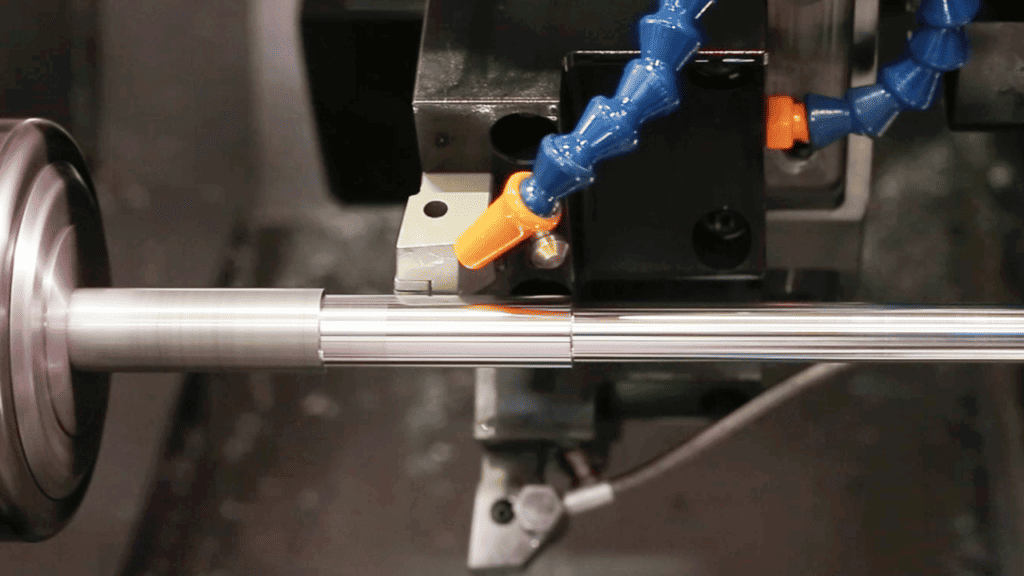
8. Titanium and Aluminum: Price
Comparing rods of the same volume, the cost of aluminum rods is lower than titanium rods. This is because making titanium requires more difficulty and expertise, while aluminum is easier to make. For cost, aluminum is more economical than titanium.
9. Titanium and Aluminum: Durability
The durability of a material refers to its ability to maintain its functionality when challenged without requiring excessive repairs or maintenance. Both titanium and aluminum are known to be durable and last longer. Titanium is extremely strong and durable, and if properly cared for, its frame can last for decades without showing any signs of wear.
Aluminum, on the other hand, has also proven its durability in extreme environments, especially where strength, safety and durability are critical.
10. Titanium and Aluminum: Machinability
Machinability refers to how well a metal responds to processing stresses (including stamping, CNC turning, CNC milling, etc.). The machinability of a metal is one of the indicators used to determine which machining method to use. CNC turning and CNC milling are popular methods of creating titanium and aluminum parts. They can be manufactured in less than a day and adhere to tolerances of +/-0.005 inches (0.13 mm). When parts need to be manufactured quickly, aluminum is a perfect choice as it is more cost-effective and high-quality.
However, when it comes to geometries, machining methods can be somewhat restrictive. Regardless of the material chosen, extremely complex designs require different solutions. Another factor to consider when selecting materials is post-processing waste. Therefore, milling away excess material is feasible with cheap aluminum, but not ideal with expensive titanium. Therefore, rapid manufacturers often prefer to use aluminum for prototypes and then switch to titanium for production parts.
11. Titanium and Aluminum: Formability
Relatively speaking, aluminum is easier to form than titanium. All forms of aluminum can be easily made into finished parts using a variety of methods. For example, different types of saws can be used to cut aluminum profiles, while lasers, plasma, or water jets can produce aluminum parts with complex forms and shapes. Although titanium is also formable, it is not as formable as aluminum. Therefore, when formability is critical to the success of a project, aluminum is the perfect choice.
12. Titanium and aluminum: weldability
Both titanium and aluminum can be welded. In comparison, titanium welding requires more expertise. Aluminum, on the other hand, is highly weldable and has many uses. Therefore, if weldability is one of the main requirements in material selection, aluminum would be a perfect choice.
13. Titanium and Aluminum: Yield Strength
The yield strength of a material refers to the maximum stress at which the material begins to deform permanently. Commercially pure titanium (>99% Ti) is a low- to medium-strength metal not well suited for manufacturing aircraft structures or engines.
Pure aluminum, on the other hand, exhibits yield strengths ranging from 7 MPa up to about 11 MPa, while aluminum alloys exhibit yield strengths ranging from 200 MPa up to 600 MPa. Therefore, the yield strength of aluminum alloys is higher than that of titanium.
14. Titanium and aluminum: tensile strength
The tensile strength of a metal refers to the highest stress a material can withstand when placed in tension. The ultimate tensile strength of titanium and its alloys at ambient temperature ranges from 230 MPa for the softest grades of commercially pure titanium to 1400 MPa for high-strength alloys.
Aluminum alloys, on the other hand, exhibit much higher strength than pure aluminum. Pure aluminum has a tensile strength of 90 MPa, which can be increased to over 690 MPa for some heat-treatable aluminum alloys.
15. Titanium and aluminum: shear strength
The shear strength of a metal refers to the metal’s ability to resist shear loads. Titanium has a shear stress rating between 40 and 45 MPa, while aluminum has a shear strength rating between 85 and approximately 435 MPa. Therefore, if shear strength is one of the primary reasons for material selection, certain grades of aluminum may be preferable to titanium.
16. Titanium and Aluminum: Color
When distinguishing or differentiating between titanium and aluminum, identifying color is the most economical way. This will help identify materials quickly with the naked eye to avoid using the wrong metal on your project. To differentiate, aluminum has a silvery-white appearance, with colors ranging from silver to dark gray depending on the alloying elements of the material. For smoother aluminum surfaces, the appearance is usually silver. Titanium, on the other hand, has a silvery appearance that becomes darker under the light.
Summary comparison table
We have been able to make a reasonable comparison between titanium and aluminum using approximately 16 properties in order to gain professional insights into using the right material for your CNC project.
Property | Titanium | Aluminum |
Atomic numbers | s atomic number is 22 or 22 protons | s atomic number is 13 or 13 protons |
Ultimate Tensile Strength (UTS) | It possesses a tensile strength of up to 1170MPa | It has an ultimate strength of 310MPa |
Melting Point | Titanium melts at 1650 – 1670 ᵒC | Aluminum melts at 582 – 652 ᵒC |
Electrical Conductivity | Titanium has a low electrical conductivity aluminum | m exhibits excellent electrical conductivity |
Magneticity | It is paramagnetic | t is not magnetic |
Strength | It has double the strength of aluminum | t has a lower strength than titanium |
Thermal Conductivity | Low thermal conductivity high | h thermal conductivity |
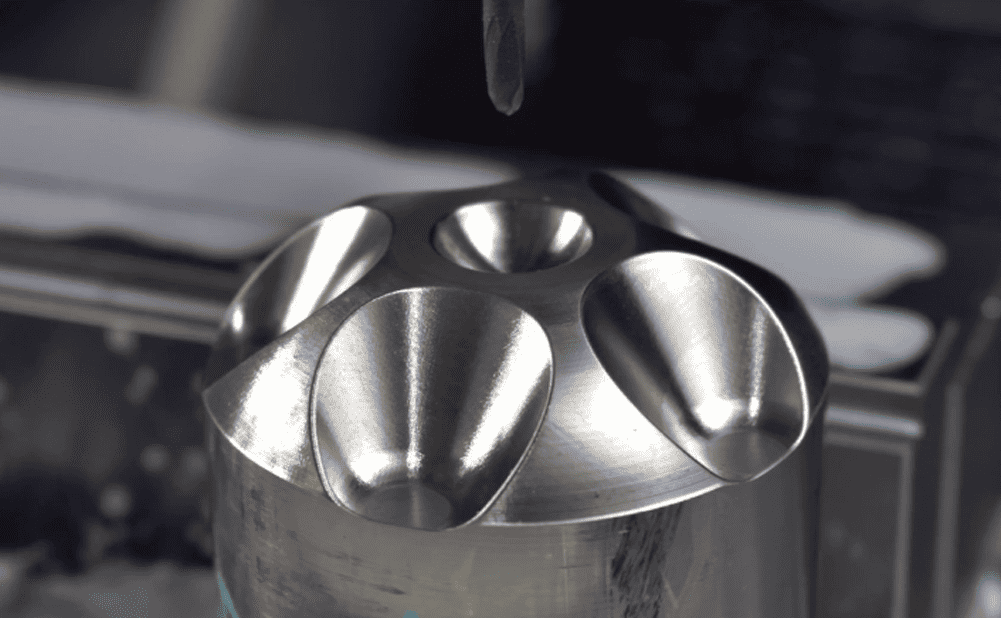
Aluminum VS Titanium, which material to choose?
Strength and durability. Titanium is stronger and more durable than aluminum and has a higher strength-to-weight ratio, meaning it can withstand more severe impacts without significantly adding weight. This makes titanium a good choice for gears that need to be durable, and able to withstand impact and wear, and the harshest environments.
Corrosion resistance. Titanium is highly resistant to corrosion, making it ideal for outdoor gear exposed to moisture, humidity, and other environmental factors that can cause rust or degradation. However, aluminum is also naturally resistant to corrosion. Additionally, aluminum can be anodized or coated to provide additional corrosion resistance. In this matter, both have the same corrosion resistance, but titanium is the superior metal when strength and integrity are taken into account.
Weight. Aluminum is much lighter than titanium. However, titanium is still a lightweight material that offers excellent strength and durability without adding too much weight. The choices here require trade-offs. If the issue is purely weight, then aluminum is a clear choice, but if you also consider longevity and strength/integrity, titanium is the more reasonable choice.
Product life. The average lifespan of aluminum outdoor gear is about 5-15 years. Titanium gears are stronger, more durable and last longer. Of course, there are exceptions for every material, but generally speaking, titanium gears will last for decades, while aluminum gears will need to be replaced more frequently.
Cost. Aluminum gears are always cheaper. Titanium is a more difficult material to machine than aluminum and therefore more expensive to manufacture. Aluminum is highly workable and can be easily cut, shaped, and formed into complex shapes and designs. In comparison, titanium alloys are more difficult. This drives up the price of titanium, which is indeed a major factor for customers to consider.
Conclusion
Titanium and aluminum are two important metal materials in prototyping. The properties of aluminum and titanium make them a versatile choice for applications in many different industries. This article compares the different properties of titanium and aluminum. There are also various factors you need to consider before choosing these metals. Check out our ultimate guide to CNC machining titanium and CNC machining aluminum. If you need more help, AN-Prototype is ready to help. Please contact us immediately.
